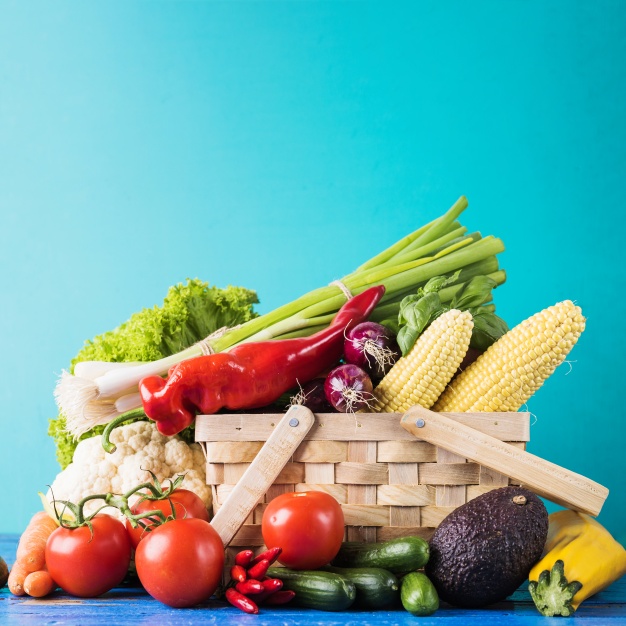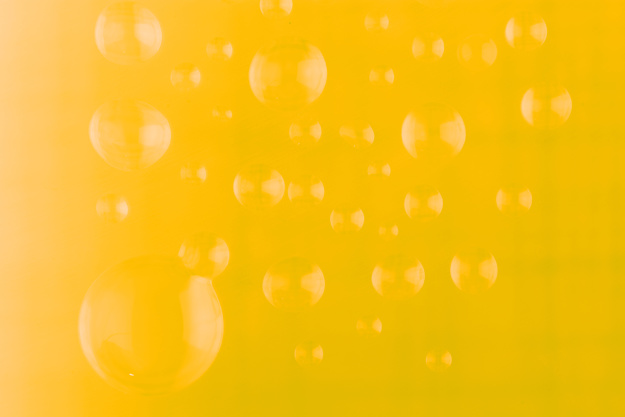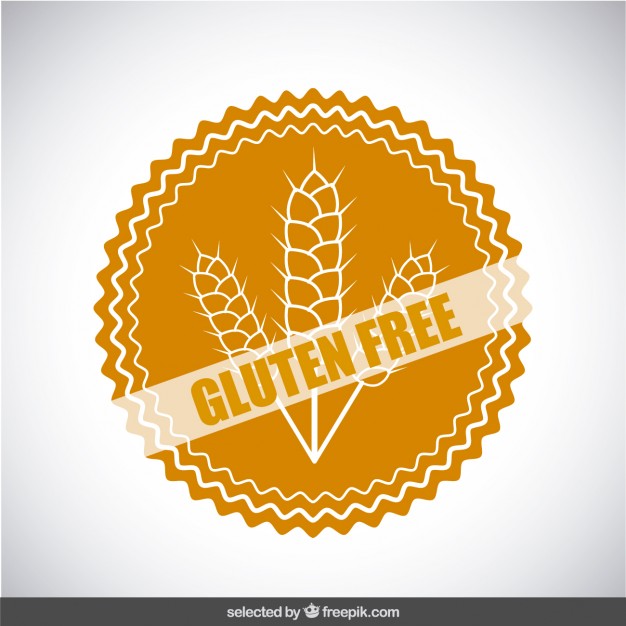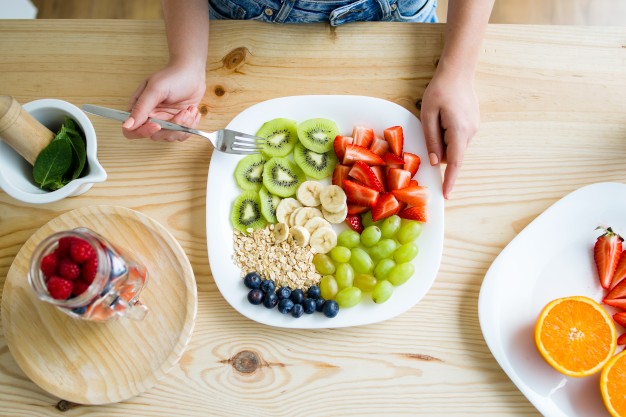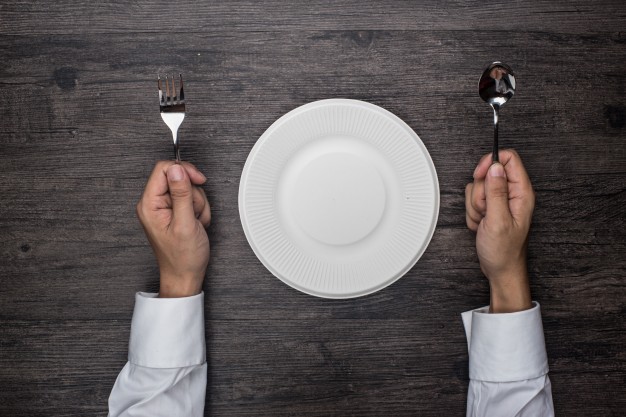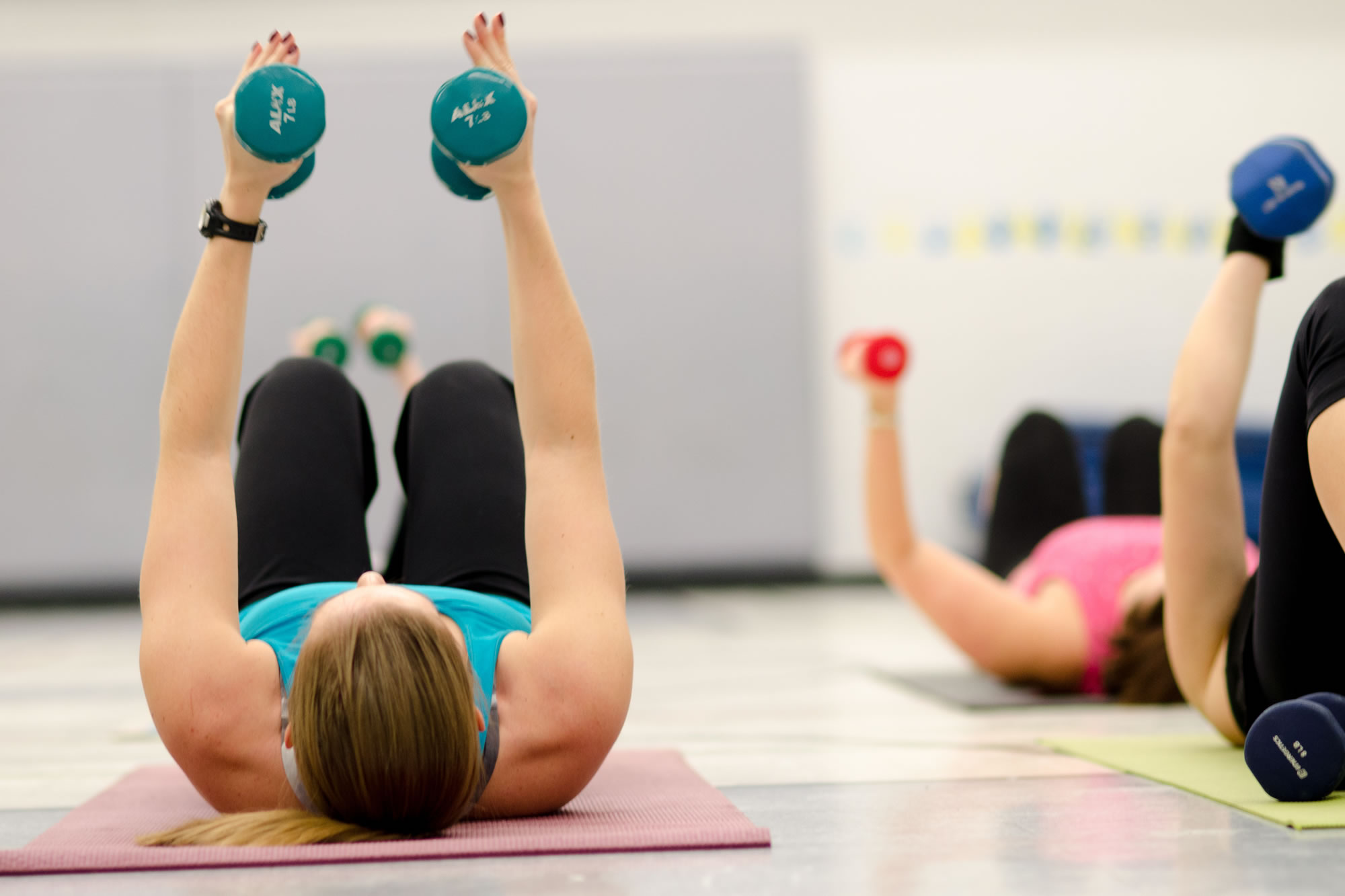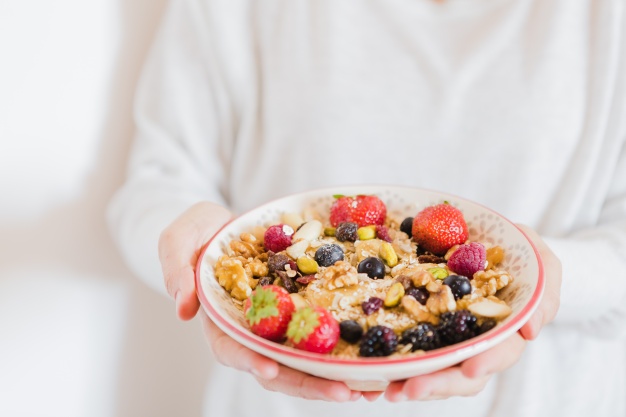Dear Pooja,
I am 21. Becoming overweight is my problem. I have put on about 15 kilos of weight in the last three years. I tried many ways – walking, swimming, dieting – but gained weight. I did not get benefits from any of that. Maybe because I expect quick results that I get disappointed. How much time is needed to lose weight? Which is the best healthy and economic way to lose weight?
Just like any vocation or course that you would be currently studying Jwala, the knowledge and the experience will stay with you for the rest of your life not just until you are in university studying it. Similarly food, exercise and body weight all part of a continuous circle. Maintaining body weight is not a one-time effort that you try, succeed or fail and then drop the actions that took you there. You are what you eat – your weight is nothing but a balance of how much you eat and how much you burn (exercise). Learning this art of balance is a one-time deep, rooted-effort that each and every one of us must make and then maintaining your body weight will be easy as the that friend or colleague that you always envy has got it lucky. Walking, swimming and eating – all are calorie burning processes – then why would they not let you lose weight? But while burning the calories through exercise if you are eating just as much or maybe a little more then you cannot see the scale go down. Calculate your need (BMR – through several online tools) and then break up your day’s meals to fit in that number. Now increase the burn by doing an intensity and duration controlled cardio daily – do this consistently for a few weeks (there is no short cut to losing weight) there is no way but to lose that fat that is bothering you. Once you succeed in this effort please do not let go of this awareness and this basic balance of input and output and you shall never have to fight the battle of bulge again.
Dear Pooja,
My sister was diagnosed with jaundice earlier this month. She is recuperating at home now. Currently, she is on a liquid and soft food diet. She feels weak all the time. We eat non-vegetarian food at home. I was wondering if you could help us with what she can start eating and what she should avoid. Are there any particular snacks we should give her?Jaundice has a direct effect on the digestive system thus taking care of what you eat can help you recover faster. Low fat and high fluid diet is the key emphasis. To maintain the fluid and electrolyte balance hydrate yourself with ample amounts of water, chaas, coconut water, soups, juices, smoothies and milkshakes. Eat small frequent meals so as not to load the system at one time. Good quality and quantity of protein is important to recuperate faster. White lean meats like chicken and fish can be lightly steamed or grilled and consumed about two to three times a week. Egg whites are excellent in both their quality and quantity of protein so please add them generously to your daily diet. Foods to avoid include all fried and heavy calorie laden foods including cakes and candies, extra masala and spice, extra fibre – thus peel the fruits and avoid vegetables like with more seeds like cucumber, brinjal, tomatoes, stay away from carbonated drinks and excess caffeine as they irritate the gut. Home cooked food in good hygiene, less oil, lots of fluids and even more love is the quickest and easiest route to hasty recovery. Get well soon!
Dear Pooja,
I am a 33-year-old single woman and lean on the heavier side. I’ve tried numerous diets but the effects taper off after a while. I have heard a lot about gluten and how a gluten-free diet is supposed to work wonders. Could you tell me the advantages of going gluten-free? Are gluten-free foods expensive and available easily in the city? Thank you.
Gluten-free does not only work wonders but it is the only way one can eat and prevent intestinal damage and other autoimmune diseases – but that is only for those with celiac disease or severe gluten intolerance! For those with these conditions eating gluten can be lethal and can cause severe damage to their intestines thus they are forced to follow a gluten-free diet – no other choice. Ask them how difficult it is to eat regular meals at home or at restaurants and how careful they have to be scrutinizing each product label for even minor traces of gluten in it, which can cause them deadly damage.
In the health and diet industry anything can become a rage or trend. Few prominent people follow it and say they do and lo behold half the world is trying it out. Living off gluten is not easy – imagine your daily diet without access to wheat, barley, rye, barley roti, parathas, biscuits, breads, pasta, noodles, couscous, semolina, spelt even ready to eat soups, processed cheese, mayonnaise, ketchup, salad dressing, non-dairy creamers, canned baked beans, icecreams, flavoured coffees, breaded foods, cereals, malt vinegar, beer, vodka and the list can go on. Are you prepared to let go of all these foods just so that your body can let go of some weight? Even if you can for while – any results you get will only be for the time you will stay off them – once you start eating gluten all the effects will be difficult to maintain and all the weight lost will be reversed.
Losing weight is not about deletion, it’s about sustenance. Eat all foods but learn the key in terms of quantities and methods of preparations. Start what you can always maintain (lifestyle) so that the effects you get can also always be maintained and you never have to do another weight loss battle again.
Dear Pooja,
I am a middle aged woman. I regularly suffer from acidity. Digesting food easily is difficult for me. Even when I fast for the whole day, I suffer from acidity. This is why I have also been unable to gain any weight since a number of years. Although my appetite is normal, the acidity becomes a problem. What should I do?Acidity is an ailment that we all have suffered from at one time or another. Do remember acidity is a sign our body is trying to give us. The most obvious signaling is because of large gaps between meals. Our gastric lining produces the acid as a means to aid digestion – as its enzymes only activate and function in an acidic medium. When the gaps are too long this acid starts corroding it’s own lining causing ulcers. One of the best ways to neutralize the acid produced is to give it the food, this way the lining of the stomach is always protected and belching, heart burn or acidity is kept well at bay. Fasting sadly is not helping this process unless you eat a fruit or some milk every few hours. One of the easiest ways to eliminate acidity is to eat a fruit within the first half to hour of rising – this helps break the long gap between dinner the night previous and breakfast. Avoid starting your day with caffeine – your must have cuppa of tea or hot coffee first thing in the morning only triggers the acid producing cells to work better and faster. Line the tummy with some food first – if not a fruit then a toast or khakra or a biscuit and let the tea follow 20 minutes later. Acidity may be a minor ailment but if left uncorrected can be the cause many bigger problems like frequent sore throat, nagging recurrent cough, migraines, dental cavities just to name the basic few.
Dear Pooja,
I have erratic work hours and don’t get to eat on time. I do carry small snack pouches with walnuts, almonds, anjeer and small boxes of kurmura. I munch on fresh fruits between meetings sometimes. These help me through the day. However, after seven in the evening, sometimes our conference meetings last for continuous hours (8pm to 11pm). I know it is not right to eat late but staying up for so long (I reach home by midnight) makes me very hungry. What is the ideal food / drink that i can have before i sleep? I cant go to bed so hungry but I dont want to eat anything heavy or anything too sweet.
So happy to hear that you have learned the magic of eating small frequent snacks through the day and carry a handbag as heavy as mine – stuffed with more food than any other little things! LOL! Keep that up!
Of course you can’t sleep on an empty stomach – no one can. I know people have their own busy chaotic schedule and food doesn’t fit into the pattern many times. But you are doing a great job through the day and you could continue doing the same through the latter end as well. I’d suggest you should have your dinner early just before you enter these long marathon meetings. It could be simple frankie wraps or stuffed rotis or mixed rice with sprouts and veggies or a sandwich (all of these taste fine even when eaten cold). Through the meetings you could just gobble down a biscuit or some chana on your way in or out of a quick loo break – that way you still eating two hourly. And then once your home you are not ravenous since you ate a filling meal at 8pm (and every two hours in between) so now you could have a warm soup or a bowl of dal or a cup of milk with little fruit immediately as you reach. By the time you unwind and get into bed a good 30-45 minutes have passed and you are then good to call it a day and snooze! Good luck! And never stop the small frequent snacking.
Dear Pooja,
I am a 22-year-old woman suffering from DHT (which is now above borderline.) I weigh 60 kgs and my height is 1.65.1 cms. I had lost weight almost a year ago and have been on medication for DHT for over a year, yet it has not come in control. I will soon be going abroad for studies and I’m scared of weight gain. I’m very fond of eating eggs. How many times can one consume eggs in a week? Are there other foods that I can eat with eggs, which won’t affect my DHT levels adversely? I suffer from constipation as well. Please suggest a diet I can follow when I’m outside the country.Dihydrotestosterone (DHT), a derivative of the male hormone testosterone, is the enemy of the hair follicles on your head. DHT shrinks hair follicles, making it impossible for the healthy hair to survive. Attacking more men than women but sometimes certain factors tied up to the action of hormones, including, ovarian cysts, taking high androgen index birth control pills, pregnancy, menopause or then even heredity can make us more prone to being the victims of DHT attack. Reducing this hormone with medication in conjunction with a balanced nutritious daily eating can help you save your crowning glory in time. Fresh fruits and vegetables will give the essential vitamin A that only promotes a healthy scalp but also promotes hair growth. Thus include at least 2-3 servings of vegetables and fruits each daily, I’d emphasis strongly on glass of fresh raw veggie juice daily which is not difficult whether you live here or any part of the world. Fruits and vegetables also help you procure the B complex vitamins which are very essential for healthy hair growth. Omega 3 is another focal point so try to include some fatty fish in your diet two-three times a week – eggs on the hand can be part of your daily diet. Eat egg whites daily anywhere between two-four a day and a yolk about twice a week depending on your cholesterol levels. These help keep the proteins levels high that is another important trick to prevent unwanted hair loss. Ample water, three-four hours of exercise a week and minimum indulgence with high sugar, high fat foods shall help you maintain healthy weight and hormones levels to nip the problem soon. Good luck!

It’s 3 am. Sharp pains have suddenly awakened you. Last night’s memories of a fab dinner with friends now clash uncomfortably with the real time sensations of a full-fledged nuclear war in your stomach.
Indigestion is more common than you think. Symptoms include acidity, nausea, bloating, belching, burning sensations in the stomach or the upper abdomen, abdominal pain, gas and even vomiting.
Sometimes confused with heartburn, indigestion could be attributed to a number of causes from medical conditions (ulcers, irritable bowel syndrome, stomach infections and more) to medication (aspirin, painkillers, antibiotics, oral contraceptives). Lifestyle habits (eating too fast, eating in huge quantities, eating food that’s high in fat or eating under stress) are also culprits. Additionally, if you consume too much alcohol, smoke too much or are stressed or fatigued, you are more prone to indigestion than others. Here’s what you should -and shouldn’t -eat to help you ease the digestive process.
Stomach this Fibre: Foods high in fibre are wonderful for your digestive system. But there’s no need to scarf down unappetising or strange foods. You need to up your intake of wholewheat bread, brown rice, oats and beans, fruits and vegetables.
Water: Water is a key lubricant for your digestive system. It facilitates the easy movement of waste, softening your stools in the process, helping prevent constipation. It also helps your body break down the food you have eaten.
Drink 8-10 glasses a day.
Drinks: Caffeine-rich drinks such as colas, teas, coffees and other fizzy drinks worsen indigestion as they increase the level of acidity in your body. Fizzy beverages also lead to bloating. For relief, ditch the above for herbal teas, milk or just plain water.
Probiotics: Probiotics are `good’ bacteria, which are natural ly found in the gut, and have been associated with host of health benefits, including aiding digestion.
Food companies have started producing probiotic milk, drinks, dahi and even ice-creams.
NOT THIS Spices: In India, it is as hard to let go of spicy foods as it is to limit your intake of tea and coffee. Spices have been known to trigger stomach ache and heartburn, so if you find yourself in pain or discomfort regularly, try and limit your consumption of heavy, spicy meals. And if you can avoid spices completely, nothing like it!
Fat: Your body finds it harder to digest fatty food items like burgers, French fries and samosas. And this is why they cause you a great deal of discomfort. The more you cut back on difficult-to-digest fried and greasy foods, the more your stomach will thank you for it. Bumping up your intake of skimmed milk and low-fat foods will spare you both the pain and the weight gain.
While this is a general list, it’s always best to keep track of the foods that work or don’t work for you. Try and keep a diary of the food you eat for a week or two to figure out what’s behind that episode of nausea or gas. You may even realise that you are lactose intolerant, and that dairy was the culprit after all.
And lastly, please do take time out for yourself to relax your mind, and ease your stress. Indigestion is aggravated by anxiety and it’s important to free your mind to free your body.
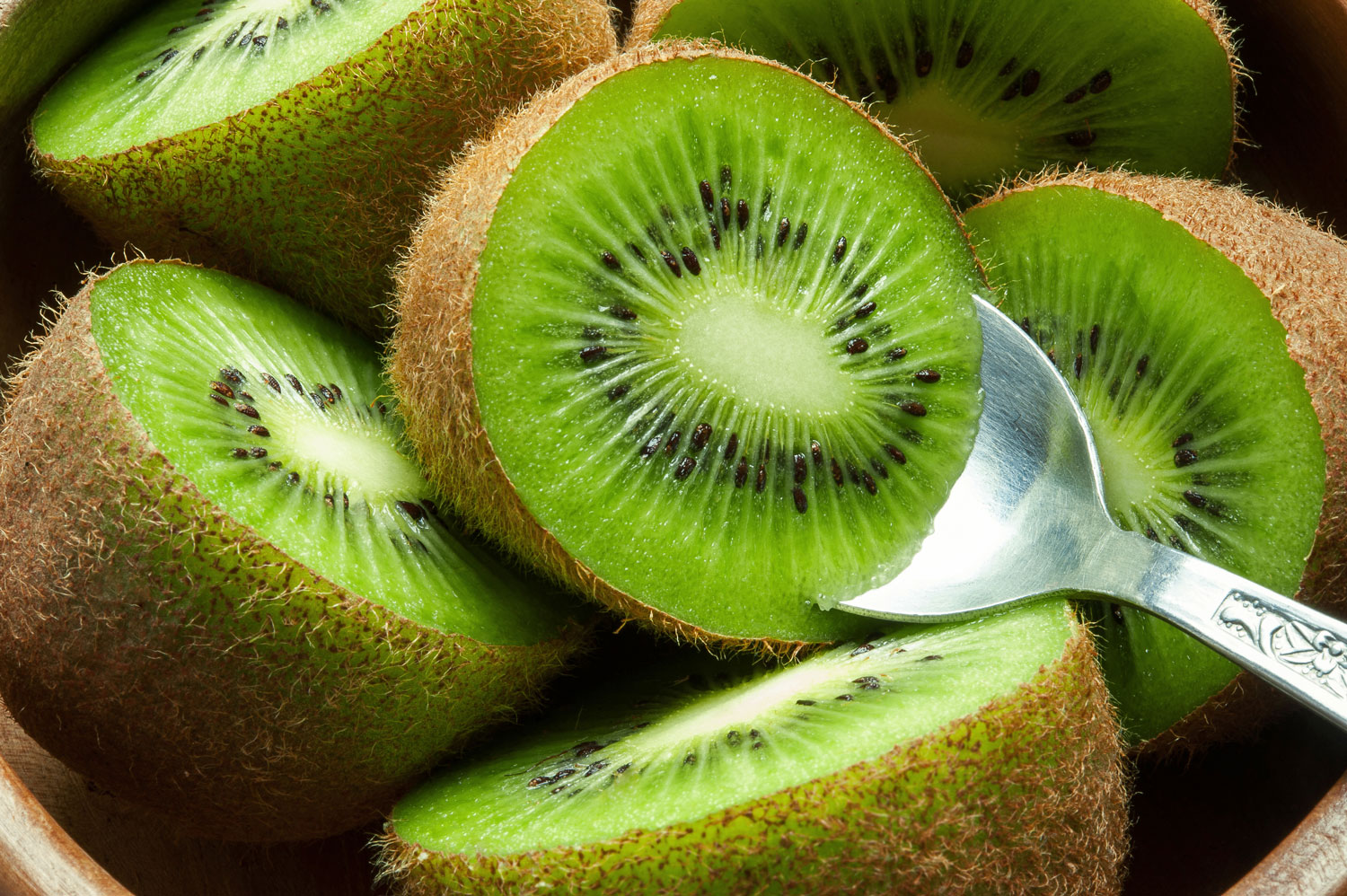
Get your new-age beauty fix with Zespri’s SunGold Kiwifruit. Ten years in the making and now in India, this fruit has abundant beauty benefits that will leave you feeling beautiful both inside and out. A delicious snack and an exotic addition to your dishes, this fruit is an integral part of a healthy diet as well as your skin care and beauty regime.
Says nutritionist Pooja Makhija, “The Zespri SunGold Kiwifruit is great for skin and hair, and infuses vigour and vitality in the day. The fruit works wonders for people of any age trying to lose weight and adapt to a fitter lifestyle. Kiwifruit has three times the vitamin C of an orange and having just one everyday can fulfill 100% of your daily vitamin C needs. So, brush away the sluggishness and add that natural flush to your face by having a kiwifruit today.“
When compared to other fruits, the cost of 1kg imported apples is `200 to 250, which makes it roughly five apples at `40 to 50 each. On the other hand, the cost of Zespri SunGold Kiwifruit is `33 to 35 per piece, making this nutritional powerhouse value for money.
A kiwi fruit has an abundance of vitamin E, which helps build collagen that improves skin elasticity and firmness. The high vitamin E content prevents inflammatory damage from sun exposure It is a natural beauty enhancer since it is packed with antioxidants, which help prevent wrinkles, fine lines and dullness. It also slows down the ageing process and is a natural fix for pigmentation Rich in vitamin C, one of the most effective nutrients to help grow and strengthen hair, the fruit also helps maintain the integrity of nails by strengthening our skin, connective tissue, bones, and blood vessel walls The Glycaemic Index (GI) is a relative ranking of carbohydrate in foods according to how they affect blood glucose levels. A SunGold Kiwifruit has one of the lowest GI levels at 38 and is low in calories, making it an ideal choice for weight loss diets and healthy living. It is available at all major retailers and online stores.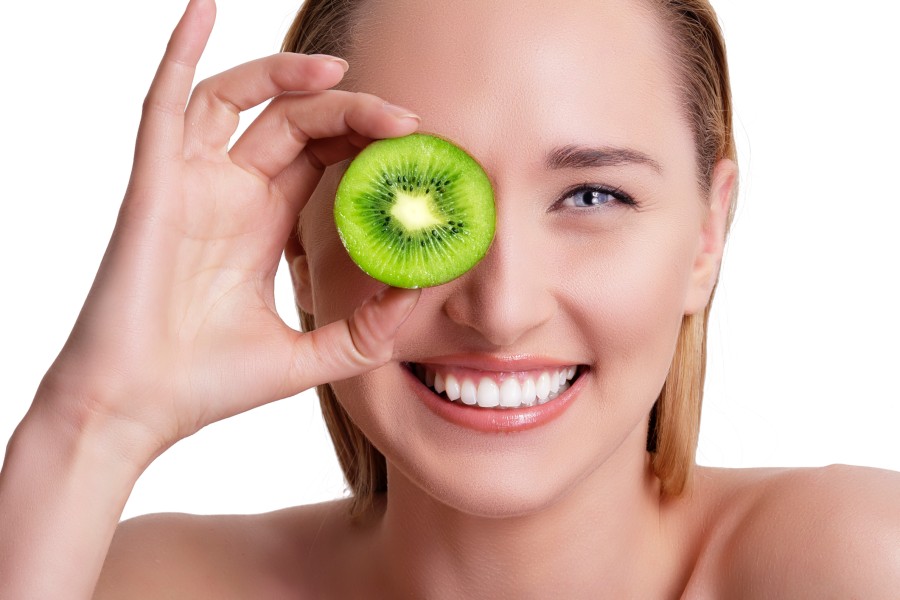
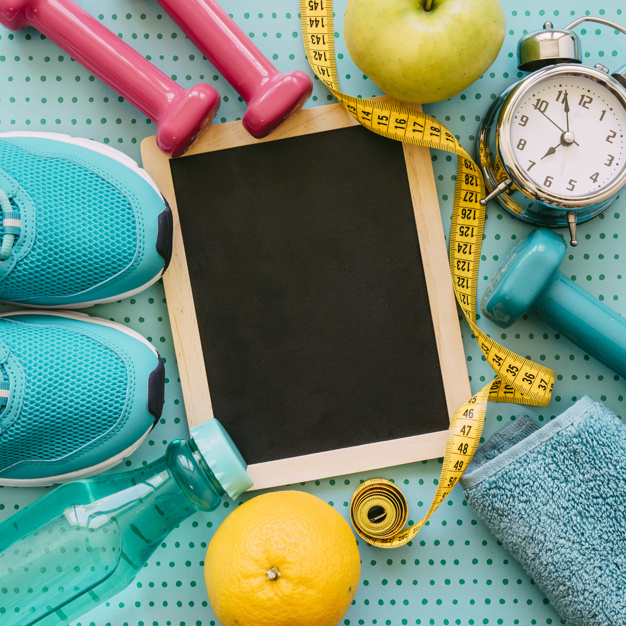 Traditionally, men’s fitness has always been associated with getting bigger and not smaller.From the days of Rocky Balboa and John McClane to Vin Diesel and John Statham, big beefy guys defeated the bad guys and got the girls. The notion of fitness with getting thinner -and not beefier -is a relatively newer phenomenon for men, who, like women, are putting on more weight because of a sedentary lifestyle.
Traditionally, men’s fitness has always been associated with getting bigger and not smaller.From the days of Rocky Balboa and John McClane to Vin Diesel and John Statham, big beefy guys defeated the bad guys and got the girls. The notion of fitness with getting thinner -and not beefier -is a relatively newer phenomenon for men, who, like women, are putting on more weight because of a sedentary lifestyle.
While it’s important to spend more time in the gym, getting off the couch may not be the only way to banish your inner, and outer potato. Paying attention to nutrition becomes crucial to losing weight and keeping it off. While the schools of thought on weight loss are as diverse as the people who graduate from them, I’ve broken them down into Hard and Smart. The difference is replacing the old idea that you need to kill yourself to achieve anything in life (Hard) with the belief that you can have your cake, and eat it too (Smart).
Hard: Eat less, weigh less Smart: Eat to lose
If you’ve been drastically cutting calories when you want to lose weight, here’s why you shouldn’t. Cutting too many calories puts you body into starvation mode. When your body is in this mode, it can’t metabolise, or burn fat (because fat burning occurs only when your body is adequately nour ished). If your body can’t burn fat, it starts to burn the next best thing: muscle. The more muscle you lose, the more your fat cells start to increase: the lost muscle is replaced by fat. And the more fat cells you have, the greater your body’s tendency to store more fat when you get back to eating `normally’. Fat burning is at its optimum when your body is adequately nourished with a balanced and healthy diet. So many of my clients have to eat more than they ever did (healthier stuff like fruits, veggies, egg whites), and that too at frequent intervals.
Hard: No snacking Smart: Eating every 2 hours
Eating between meals was said to be the culprit behind weight gain, with the implication that you needed to eat only during your main meals (breakfast, lunch and dinner) to lose weight. However, studies have disproved this belief.You need to get away from the age-old habit of packing your day’s nutrients into three-four meals, and instead, spread them out in the form of smaller, more frequent meals.
Digestion itself is a calorie burning activity just like walking, running or jumping. By eating smaller meals through the day, you allow your body to burn calories through the digestive process. Eating every two hours (not more or less), I find, is the best way to take advantage of this phenomenon.
Hard: Sweat more, eat more Smart: Sweat less, eat smart
So many of my clients come in with the idea that they can eat whatever they want, so long as they are working out. It’s such a hard way to lose weight. It’s really just about the math. If you eat a 1,000 calorie burg er, you will need to jog for approximate ly two hours to burn it off. Would n’t an easier option be to choose a less calorific version of the same dish? Restaurants all over the country can make low-fat versions of your fave foods. Eat smart. Spend less time in the gym. Exercise can only complement, and never replace food as a way to lose weight.
Hard: Fixed workouts Smart: Get moving to get losing
You don’t necessarily have to workout at a set time and at a set place to get your weight loss going. Increase your level of daily activity. Walk up the stairs instead of taking the elevator or escalator. Include more activities like hiking or cycling when you vacation. Walk over to your colleague’s desk instead of emailing them. Your body will take note of the cumulative increase in activity and will reward you by losing the weight. You’d be surprised at how effective, and motivating, this is.
Hard: No junk food… ever Smart: Everyone’s invited
Your life is made up of all sorts of buddies: the nerd, the shopaholic, the one you can call at 4 am to bail you out of jail or the one who has seen you through drunken binges and toxic relationships. You’ve got to use the same logic with food. Food exists in all kinds of shapes, sizes and forms. Some you need to be acquaintances with, some you can be good friends with, and some you can be best friends with. But the good news is, you can be friends with all kinds of food.
Best friends (What you can eat daily): Rice, roti, bread, upma, kurmura, dalia, cornflakes, popcorn, noodles, poha, bhel, spaghetti, whole wheat pasta, vegetables, chicken, fish, turkey, dal, grapes, mangoes, bananas, paneer, skimmed milk, curd, egg white, quinoa, khus khus, sweet potato, rava, sooji, bajra, jowar.
Good friends (Once or twice a week): Cheese, fried food, pizza, prawns, cake, ice-cream, samosa, batata vada, pakoda, fried wantons, jalebi.
Acquaintances (Once a month): Lard, bacon, beef, mutton, pork, shellfish, smoothies, fruit juice, aerated beverages.
Having a multifaceted health aura around it, oats is a top ranker in the list of superfoods. This superfood is always the preferred cereal grain for preventive treatment in the case of cardiovascular diseases, diabetes, cancer, blood pressure and even bowel function.
Oats contain a specific type of soluble fibre called beta-glucans, which is known to lower cholesterol. This soluble fibre breaks down, as it passes through the digestive tract, forming a gel that traps substances related to cholesterol, causing a reduction in its absorption from the bloodstream. The bad cholesterol (LDL) is trapped without lowering the good cholesterol (HDL). Apart from its selective lipid-binding role, oats also are one of the best sources of tocotrienols. These are antioxidants which combine with tocopherols to form vitamin E, which in turn helps lower serum cholesterol build up.
Today, the market has a variety of this wonder cereal available in many different forms. Here are the different varieties of oats and their nutritional benefits:
Whole grain oats
Also known as oat groats (minimally-processed oats, high in nutrition), these are whole oat kernels with the inedible hull removed. They have a chewier texture and are best eaten hot, as breakfast porridge. They take the longest time to cook approximately an hour on the flame!
Steel-cut oats
Also called Irish oats, they are whole oat groats which have been chopped into small pieces with metal blades. This increases their surface area to absorb water. Thus, they cook faster approximately 20 minutes on the stovetop.
Scottish oats
More popularly known as oatmeal, these o
ats are stone-ground into irregular broken bits a method that originated in Scotland centuries ago. These have a creamier texture than steel-cut oats and take about 10 minutes to cook on high flame.
Rolled oats
In this, the oat groats are steamed to soften them and then rolled into flakes. This process stabilises their healthy oils and extends their shelf life without significantly affecting their nutritional profile. They take approximately 10 minutes to cook on the stovetop.
Quick oats and instant oats
These oats go through the same process of steaming and rolling as rolled oats but for a longer time, so they are partially cooked. They are rolled thinner and are thus creamier and less chewy in texture. Since they are already broken down finely, they don’t keep you feeling full like steel-cut or rolled oats. They can be prepared by simply adding hot water and letting them stand for a few minutes. Since they are already pre-cooked, they just need to be rehydrated and are ready to eat. When you buy these plain and unsweetened, their health benefits are similar to rolled oats.
Oat bran
This is the outer layer of the oat groats that is ground into a coarse meal and is high in soluble fibre. It contains almost all the fibre in an oat kernel. It is technically not a whole grain since it is ground only from the bran layer. However, it has health benefits of a whole grain.It can be cooked into a hot, creamy cereal in two minutes on the stovetop or added to other cereals, yogurts and smoothies to increase daily fibre intake.
Point to remember
The nutritional profile of different oats is essentially the same whether it is left whole, cut, rolled or ground.
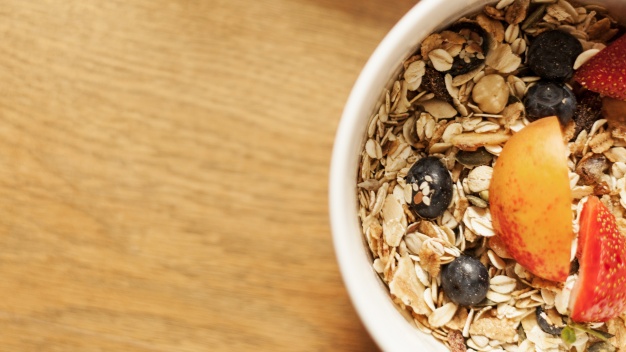
RECIPE IDEAS OATS PONGAL
Ingredients: Rolled oats or instant oats: 1 cup I Yellow moong dal: ½ cup cooked soft I Spinach (finely chopped) : 1 cup I Ginger (grated) : 1 tsp I Green chillies (slit): 2 I Salt to taste For tempering: Cumin seeds: ½ tsp I Black peppercorn (lightly crushed): 8 I Asafoetida: 14 tsp I Curry leaves: 6 I Ghee: 2 tsp Method: Heat the ghee, add all the ingredients used for tempering and then the ginger and green chillies. Add spinach and sauté for 2-3 minutes. Pour the water, bring to a boil, and then add salt and oats. Reduce the flame, cook for 4-8 minutes, depending on the oats. Add cooked dal and cook for another 2-3 minutes. Serve hot.
BIRCHER MUESLI
Ingredients: Rolled oats: 25 gm I Dried apricots (or any other dry fruit) : 1 tbsp I Almonds, walnuts or hazelnuts (roughly chopped): 6 I Apple juice: 6 tbsp, Green apple (coarsely grated): 1 I Milk: ½ cup I Spoonful of yogurt to top I Honey for garnish Method: Soak the oats and dried apricots in the apple juice overnight (that’s the key step). Put the apple in a bowl along with a pinch of salt. Add the soaked oats and then pour in the milk, to make its consistency like a porridge. Add the nuts and a dollop of yogurt. Drizzle the honey on it. Serve chilled.
How healthy is the food? (Click here to find out how healthy is your favorite foods )

